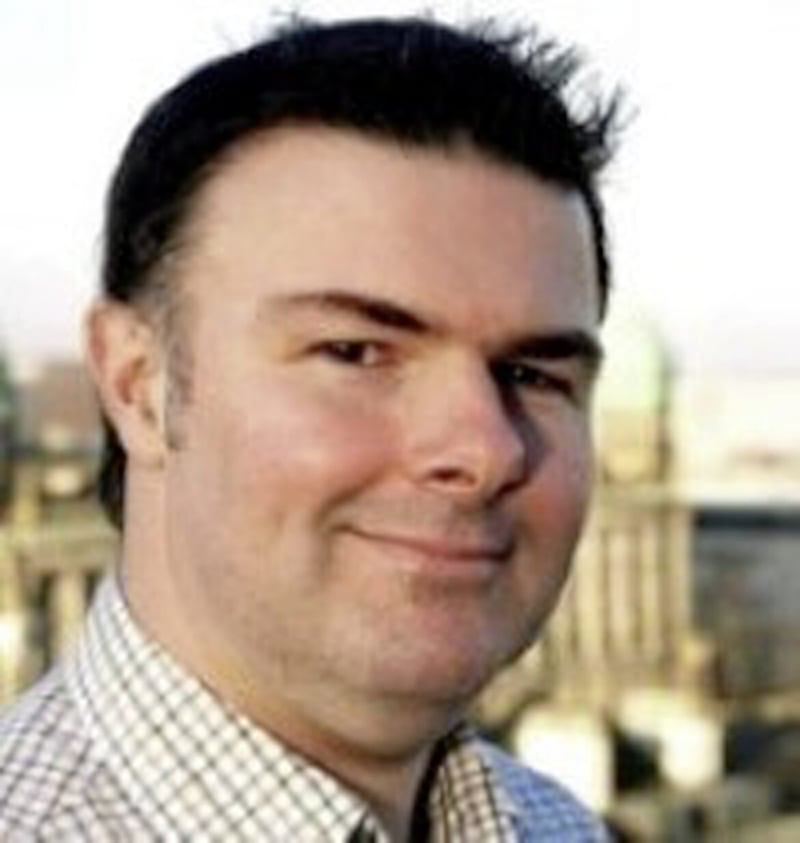We all know what a slice of stereotypical Swiss cheese looks like, right? You see it in cartoons, adverts, supermarkets and so on. It’s the one with the random holes in it (it’s typically Emmental or something similar).
But did you know that among its many culinary applications, it can also be used to illustrate risk management?
Now, apologies in advance to any medically trained readers for oversimplifying this, but essentially the Swiss cheese model of accident causation is a well-known theoretical framework used to show how accidents can happen in medical situations.
Imagine a series of cheese slices, all with random holes, lined up in a row. Each slice represents a different barrier, all forming part of the overall defensive system; with the holes representing the gaps that can occur in each. Through these gaps unwanted risks, hazards and ultimately potential accidents can be allowed to progress.
For something to penetrate right through (e.g. an accident to occur) there would have to be several holes all lined up with one another, each representing a gap or flaw in that particular line of defence. The hope is that the gaps will not all align, that each slice will have holes in a different place and so, at some point, the potential risk will meet a barrier and be stopped before becoming anything too sinister. Multiple layers of (different) defensive tools/systems/practices work together to prevent harm.
This can be used to model risk in advance or, when an accident does occur, can be used to analyse where the failures occurred at each stage and how they lined up to allow progression.
If we move away from medical matters however, how could we translate this to the wider world of business?
Well, it can be especially useful in a proactive sense, right at the beginning, when you have an idea, a concept, for something new. A new product, system or process: something designed to make the business better, bigger, stronger, more profitable.
So, you apply the Swiss cheese model: but here’s the catch; you flip it.
You want something new to succeed? Of course you do. But that necessitates removing the barriers to success. Hospitals want barriers there to stop accidents happening, whereas businesses (in this scenario) want the holes to align, so that the ‘next big thing’ sails right on through to success, with as little impediment as possible.
And here is where the (inverted) model can help. Where we try to align the holes in the cheese.
Often, wherever an idea for a next big thing is generated, the birds of a feather cliché can become a truism and it will be discussed, debated and conceptualised by folks in the same area. It’s natural, as they share the same interests. A new sales campaign will be typically first be bounced around the sales people, a new product bounced around R&D people and so on.
And that’s absolutely fine. Multiple departments don’t need to be involved right from day one. During the initial concept stage dreamers should be allowed time to dream and too many disciplines involved at the outset can stifle that creativity.
Beyond that however, dreams need to be turned into reality and in real life, just like Swiss cheese, the holes rarely align to give a clear path all the way through. While a specific department can provide expertise in its own area, it will rarely have enough experience of the other areas in the business to be able to identify all the potential issues and barriers that may prevent the big idea from becoming successful reality.
The key therefore is getting individual departments talking to each other at an early enough stage. Bring the slices together and line them up, in effect.
For example: R&D can give a view on the possibilities and potential of a new product. Sales and marketing can give a view on how enough interest can be generated and sufficient customers secured. Finance can give a view on what needs to happen for it to be profitable. Production can give a view on how it can be made at the right price, in the right quantities, at sufficient speed to meet potential demand. HR can give a view on whether the skills exist in the company to ensure success and (if not) how training or recruitment is the answer. And so on.
Collectively, they can help align the holes all the way through for success to happen.

The model doesn’t even have to be used in a business context; it can be applied in many different situations. In sport for example you may have an under-performing team. The strength and conditioning team may see all the barriers to success as being fitness related, the physio may relate it all to a series of injuries and the manager may see everything as a tactical problem. The players may identify morale and camaraderie as the issue while a coach may have identified basic skills as the main barrier. Only by working together, understanding the different issues and identifying the pathway though the holes, will the team be able to progress properly.
I was going to end on a cheesy joke, but thought better of it, so just remember: history is littered with ‘new’ products that someone, somewhere, thought were good ideas, but which came to market and flopped . . . sometimes the R & Brie department (ahem) alone just isn’t enough for success and they need a little help.
- Barry Shannon is a specialist in HR matters


